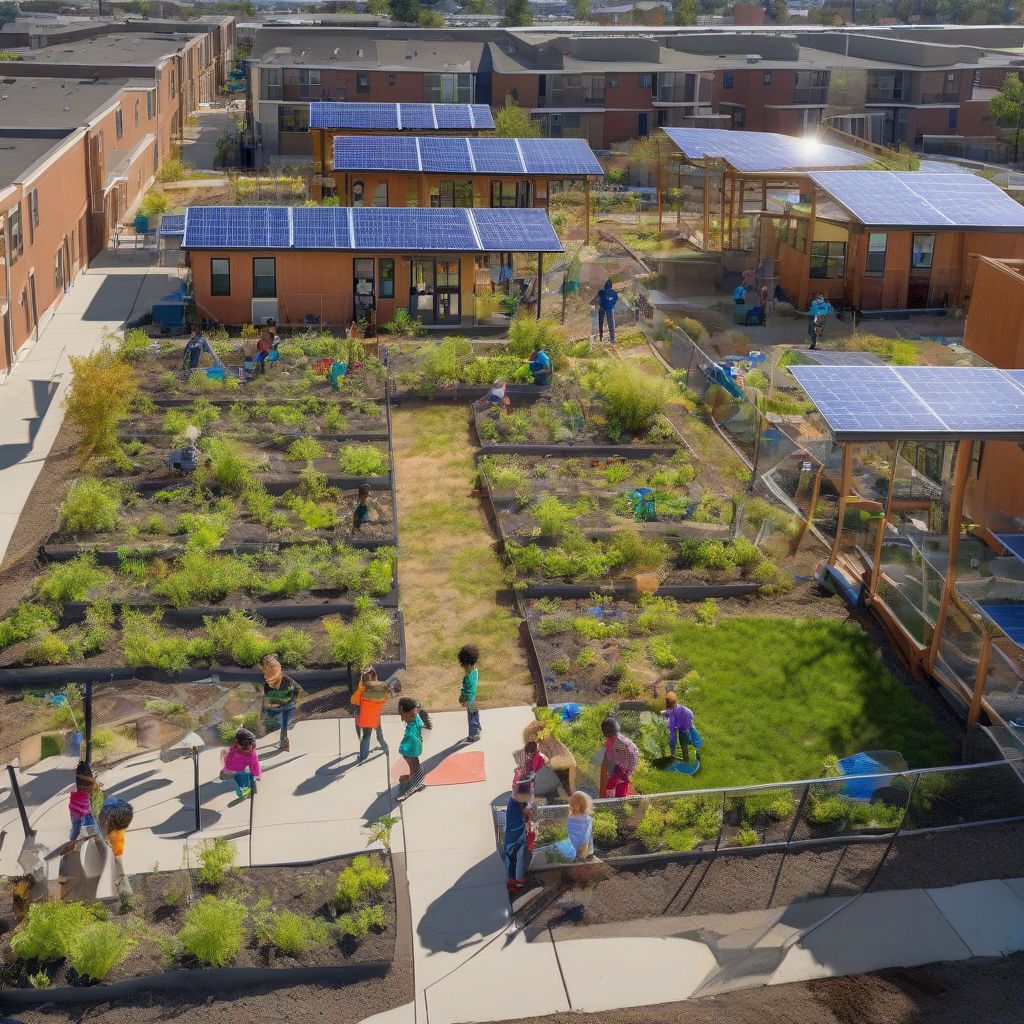Imagine a single mother working two jobs, struggling to keep the lights on for her children. Her outdated apartment lacks proper insulation, making heating bills skyrocket in the winter and cooling costs unbearable in the summer. This scenario, unfortunately, isn’t unique. Energy policy directly impacts the lives of low-income communities, often disproportionately so. Let’s delve into how these policies shape their access to affordable and sustainable energy.
The Disproportionate Burden of Energy Costs
Low-income households often spend a significantly higher portion of their income on energy than higher-income households. This “energy burden” can force difficult choices between essential needs like food, medicine, and keeping a roof over their heads. A seemingly small increase in energy prices can have a cascading effect, pushing families further into financial instability.
The Impact of Outdated Housing
Older, less energy-efficient housing stock is prevalent in many low-income communities. Lack of insulation, inefficient appliances, and outdated heating and cooling systems contribute to higher energy consumption and, consequently, higher bills. While energy-efficient upgrades can offer long-term savings, the upfront costs are often prohibitive for these families.
Limited Access to Renewable Energy
The benefits of renewable energy, such as solar power, are often out of reach for low-income communities. The initial investment for solar panel installation can be substantial, even with available incentives. Policies that prioritize community solar projects or offer targeted financial assistance can help bridge this gap and ensure equitable access to clean energy.
How Energy Policies Can Help or Hinder
Energy policies play a crucial role in either exacerbating or alleviating the energy burden on low-income communities. Policies that promote energy efficiency, expand access to renewable energy, and provide targeted assistance can make a significant difference.
Energy Efficiency Programs
Government-funded weatherization programs, for example, can help low-income households improve their home’s energy efficiency through insulation upgrades, air sealing, and appliance replacements. These programs can significantly reduce energy consumption and lower monthly bills.
Renewable Energy Incentives
Policies that incentivize the adoption of renewable energy technologies, such as tax credits and rebates, can make these options more affordable for low-income households. Community solar programs, where residents can subscribe to a shared solar array, offer a more accessible entry point to clean energy.
Targeted Assistance Programs
Programs like the Low Income Home Energy Assistance Program (LIHEAP) provide financial assistance to help low-income families pay their energy bills. These programs can be a critical lifeline during periods of high energy prices or extreme weather.
Addressing Energy Injustice
The unequal distribution of energy burdens and benefits falls under the umbrella of “energy injustice.” Addressing this injustice requires a multifaceted approach, including policy changes, community engagement, and investment in sustainable solutions. Advocacy groups and community organizations play a vital role in raising awareness and pushing for equitable energy policies. “Energy democracy,” a movement advocating for community control over energy resources, is gaining traction as a way to empower low-income communities and ensure their voices are heard.
Building a More Equitable Energy Future
Creating a just and sustainable energy future requires prioritizing the needs of low-income communities. This means investing in energy efficiency programs, expanding access to renewable energy, and providing targeted financial assistance. It also means engaging with these communities to understand their specific challenges and develop solutions that work for them. “We must ensure that the transition to a clean energy economy benefits everyone, not just the privileged few,” emphasizes Dr. Emily Carter, an energy policy expert.
 Solar Energy for Low-Income Communities
Solar Energy for Low-Income Communities
The Role of Education and Awareness
Educating low-income communities about energy efficiency measures, available assistance programs, and the benefits of renewable energy is crucial. Empowering individuals with the knowledge and resources to manage their energy consumption can lead to significant cost savings and improved quality of life. Workshops, community outreach programs, and easily accessible online resources can play a key role in disseminating this information.
The Power of Community Engagement
Engaging directly with low-income communities is essential to developing effective energy policies. Understanding their unique needs, priorities, and challenges ensures that solutions are tailored to their specific circumstances. Community-led initiatives, such as energy cooperatives and neighborhood solar projects, can empower residents to take control of their energy future. “Listening to the voices of those most impacted by energy policy is critical to creating a just and equitable energy system,” says community organizer Maria Sanchez. Her words echo the sentiment of many working to address energy injustice.
Conclusion
Energy policy significantly affects low-income communities, often placing a disproportionate burden on their limited resources. Addressing this inequity requires a comprehensive approach that prioritizes energy efficiency, expands access to renewable energy, provides targeted financial assistance, and empowers communities through education and engagement. By working together, we can create a more sustainable and equitable energy future for all. Share your thoughts on how we can further support low-income communities in accessing affordable and clean energy. Let’s continue this conversation in the comments below. Explore additional resources on our website to learn more about energy justice and how you can get involved.



